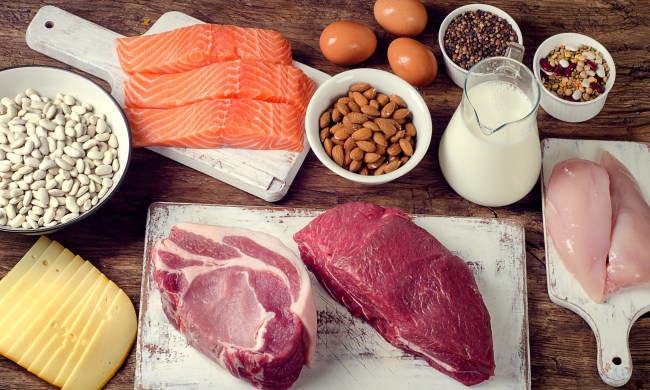In celebration of the tenth anniversary of Angel’s Envy’s Founder’s Day on August 19, the distillery released a new bourbon finished in Japanese Mizunara oak casks. This blend of four-year-old and nine-year-old whiskey spent an additional two years in these new charred oak casks, made from 200-year-old trees, during which it picked up a bouquet of floral notes including sandalwood, coffee, and a bit of smoke. “We chose this release for the tenth anniversary because my dad, having taken on several consulting roles in Japan during his career, always had a deep appreciation for the country and its distilling community,” said cofounder and chief innovation officer Wes Henderson in a prepared statement. “This release, finished in Mizunara casks made from this rare, 200-year-old wood, felt fitting for such a special milestone for Angel’s Envy.”

This is a first for the distillery, and it really stands out in terms of flavor from its core range that is finished in port and rum barrels. “When we set out on this project, we knew where we wanted to end up, but we also knew we might not wind up there,” said Henderson in a recent Zoom meeting. His son and production manager Kyle detailed the difficult and lengthy process of getting ahold of these barrels, which he said are extremely limited and tightly controlled by the Japanese government. It took about five years in total to procure them, and 18 months of that time was spent on a waiting list.
According to Kyle, the blend of whiskey is about 55% four-year-old and 45% nine-year-old liquid. The younger whiskey was specifically chosen because it allowed for greater extraction from the wood. During the finishing period samples were pulled less frequently than usual, every three to four months, to check on the progress of the whiskey. And while the porous nature of the Mizunara oak allows for greater interaction between the liquid and the wood, it also means the angel’s share was doubled — approximately 33% was lost in the two years inside the barrels, according to Kyle.
Angel’s Envy Kentucky Straight Bourbon Whiskey Finished in Japanese Mizunara Oak Casks is bottled at 97.8 proof, and comes in a lead-free decanter that is meant to be cleaned up and reused once it’s empty. 1,200 bottles will be available to the public for purchase starting September 1 for $349.99 at the distillery and select retailers, with a one bottle per customer limit.



